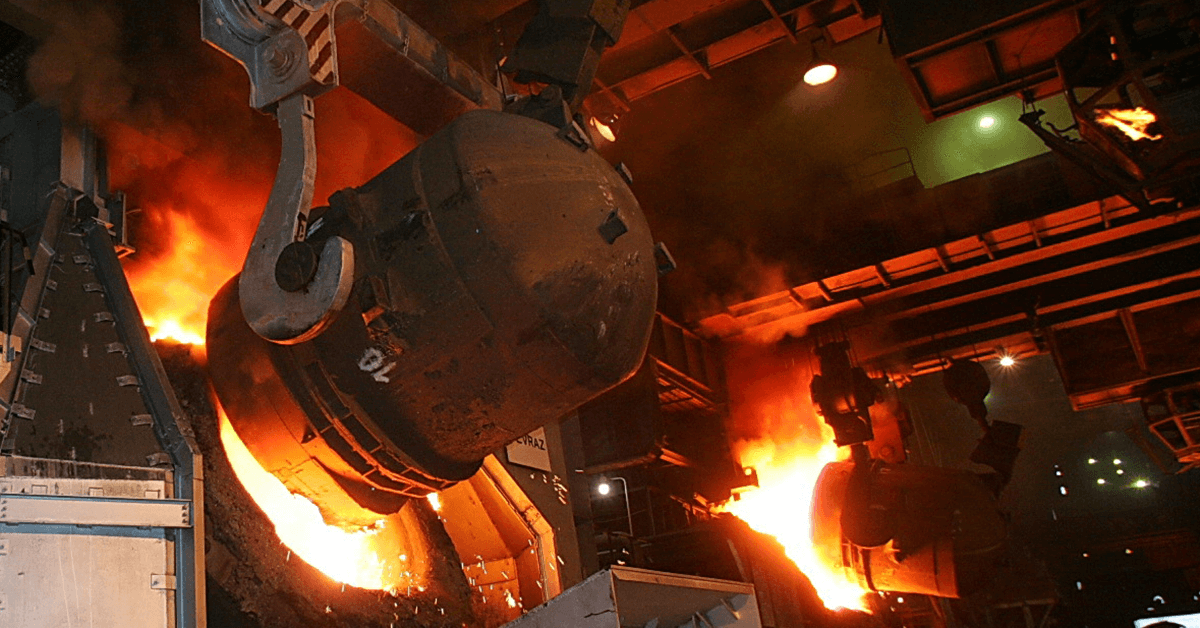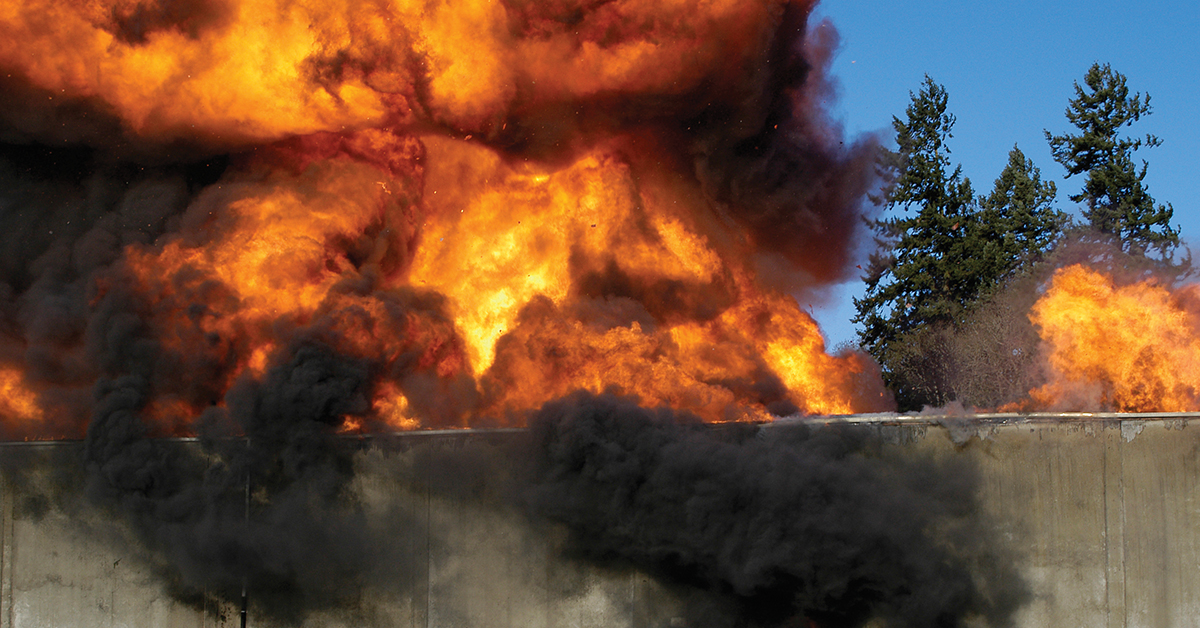Continuously Monitoring Volcanic Activity

Monitoring volcanic activity with a standard visual camera has its challenges: fumes or smoke may obscure the view, or hot volcanic material may not be incandescent enough to be seen in daylight. Near infrared (NIR) cameras can provide some improvement, especially in low light, but they also face limitations.
The solution for many observatories is to install fixed thermal imaging cameras designed for continuous monitoring. These cameras detect and visualize heat instead of light, allowing a distinct advantage over conventional webcams. Because they “see” heat, thermal cameras can provide a clear view of the hot, warm, and cool surfaces of a volcano, even, in some cases, through fumes.

Kīlauea Summit, looking at the Halemaʻumaʻu crater and lava lake from the western rim
Fixed thermal imaging cameras not only provide research data but also critical information on the volcano’s activity, making it easy to discern which surfaces are active, recently active, or inactive. For example, observers used thermal cameras to monitor the Stromboli volcanic eruption of 2007, which began with an explosion and ash fall on March 15th. They were able to monitor lava flow branches that extended down the Sciara del Fuoco, noting its progress and determining when the branches began cooling. Continuously monitoring thermal cameras could also provide the data needed to predict volcanic activity by recording temperature changes or detecting the heat from anomalous steam emitted from surface cracks.

A thermal camera with a wide field of view—for example, a FLIR A70 fitted with a 95° lens—can provide the wide angle needed to monitor large, outdoor areas. The camera can also measure temperatures up to 1000°C (1832°F) with an accuracy of ±2%; even at a great distance from potential targets, this camera can provide observers with a “ballpark” range of useful information. Flexible Scene Enhancement (FSX®) increases image contrast, improving visibility through smoke. When configured for Image Streaming, the A70 can stream compressed radiometric images and visual images together over Wi-Fi, with access from a standard web browser.
Learn more at flir.com/A50-A70-image-streaming or contact a FLIR expert for more information.


